STIR/SHAKEN statistics from April 2022
The April STIR/SHAKEN statistics show some alarming trends, but help might be on the way. Let’s have a look.
We’ve been publishing monthly STIR/SHAKEN statistics since April 2021. These numbers are gathered from over 100 voice service providers using our STIR/SHAKEN and robocall prevention solutions. The data describe calls they received from 268 other voice service providers that originated calls, including some robocalls, signed with STIR/SHAKEN.
SHAKEN-signed robocalls are a growing problem
Many Robocalls Signed B or C
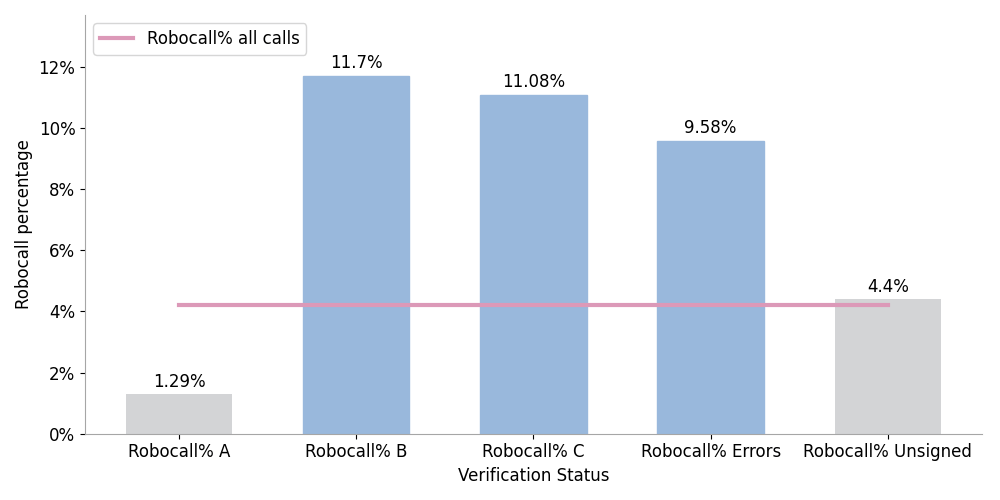
Figure 1. Calls Signed with B or C Attestation 3x More Likely to be Robocalls
If you’ve been following our monthly SHAKEN statistics articles, you know that some robocallers are getting their robocalls signed. In April 2022, this trend continued. Calls signed with B or C attestation were three times more likely to be robocalls than unsigned calls.
Figure 1 shows that 10.84% of calls signed with B attestation were robocalls. Calls signed with C attestation were just half a percentage point behind.
Robocalls Are Increasing
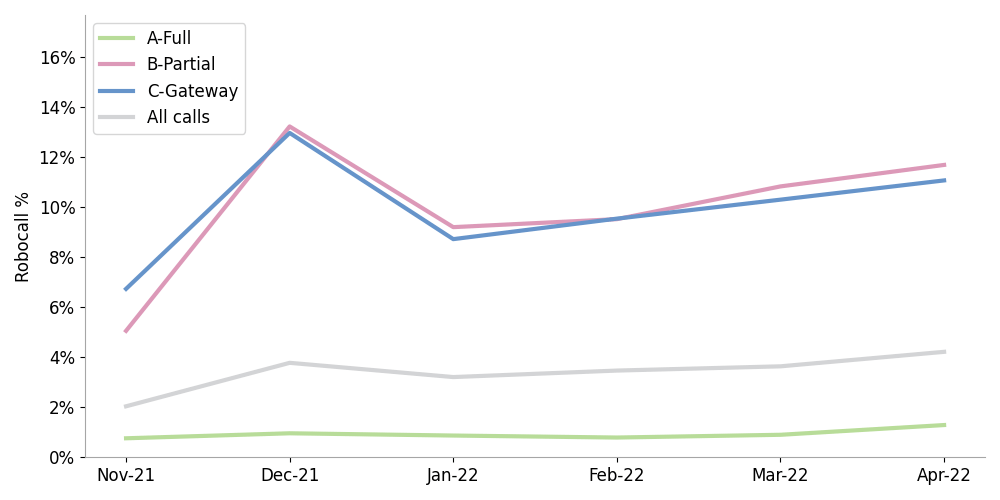
Figure 2. Robocalls Increasing Among All Call Types
Figure 2 shows this trend over the past six months. December 2021 was a big month for signed robocalls as seen with the red (B - Partial) and blue (C - Gateway) lines. The numbers dropped in January but have been climbing ever since.
Robocalls are increasing at all attestation levels. The grey line shows that robocalls are also on an upward trend among all calls.
SHAKEN participation remains low
Most Calls Were Unsigned
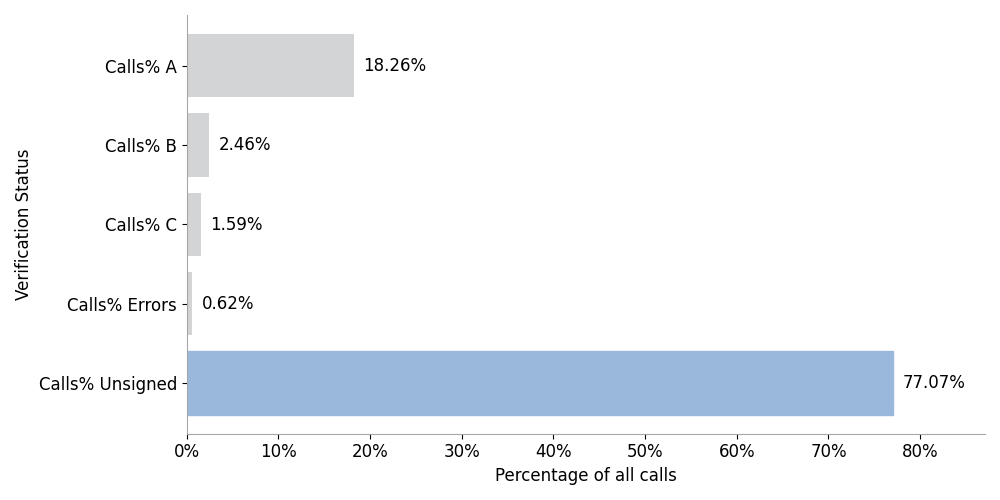
Figure 3. Most Calls Received Were Unsigned
Figure 3 shows that most calls received, 77.07%, were unsigned. This doesn’t bode well for robocall prevention, which works better when you know whether the calling number was spoofed.
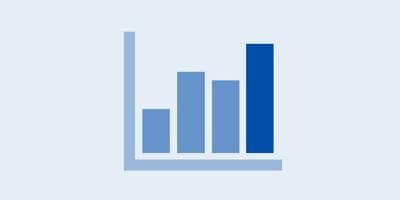
Signed Calls Leveling Off
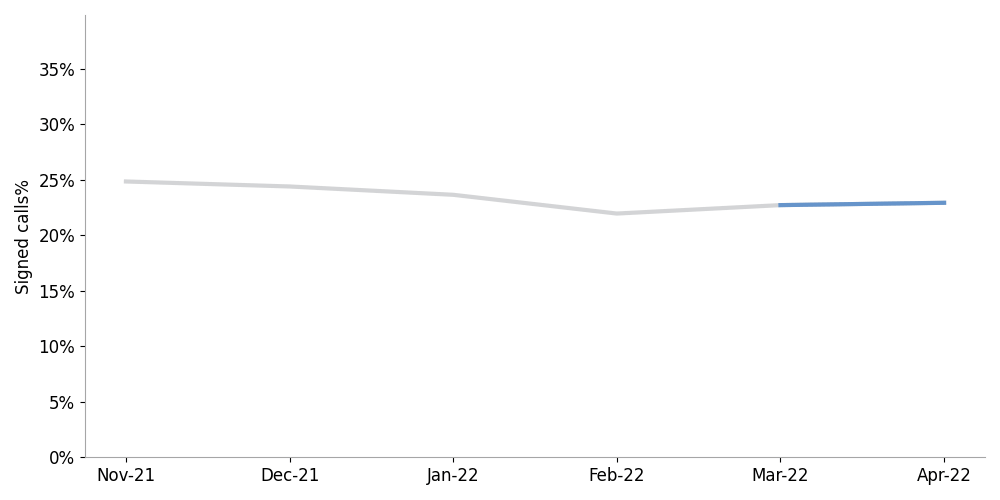
Figure 4. The Percentage of Signed Calls Remains Level
Figure 4 shows that the percentage of signed calls has leveled off at around 24%.
SHAKEN Signers Leveling Off
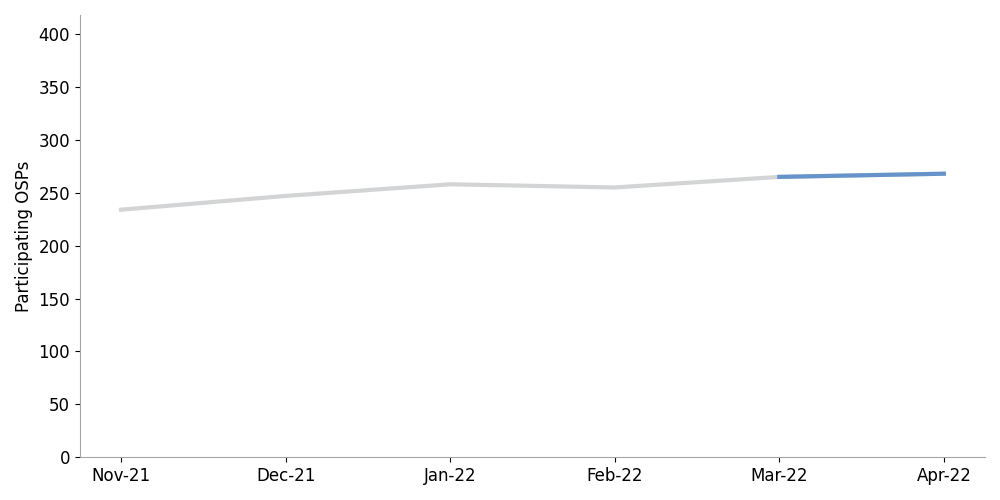
Figure 5. The Number of SHAKEN OSPs Remains Level
Figure 5 shows that the number of Originating Service Providers (OSPs) signing calls has essentially leveled off with a slight increase from 265 in March to 268 in April.
Prognosis
The trends are not good, but help may be on the way:
- Non-facilities based small providers must implement SHAKEN by June 30, 2022. Robocalls are thriving in the SHAKEN ecosystem, so it’s difficult to be optimistic about the near-term impact. However, increased accountability and enforcement might begin to tip the balance in a better direction.
- The FCC has scheduled a vote on rules to require gateway providers to implement SHAKEN and perform robocall mitigation.
- New legislation has been introduced to improve robocall traceback.
- The FCC should begin to phase out the non-IP exclusion for SHAKEN implementation. New standards were approved in July 2021. This would bring a huge portion of calls into the SHAKEN ecosystem.
It’s been a long journey standing up the SHAKEN ecosystem. The wheels turn ever so slowly, but they do turn.
TransNexus solutions
TransNexus is a leader in developing innovative software to manage and protect telecommunications networks. The company has over 20 years’ experience in providing telecom software solutions including toll fraud prevention, robocall mitigation and prevention, TDoS prevention, analytics, routing, billing support, STIR/SHAKEN and SHAKEN certificate services.
Contact us today to learn more.
Our STIR/SHAKEN products:
- Work with your existing network
- Support SIP and TDM
- Affordable, easy to deploy